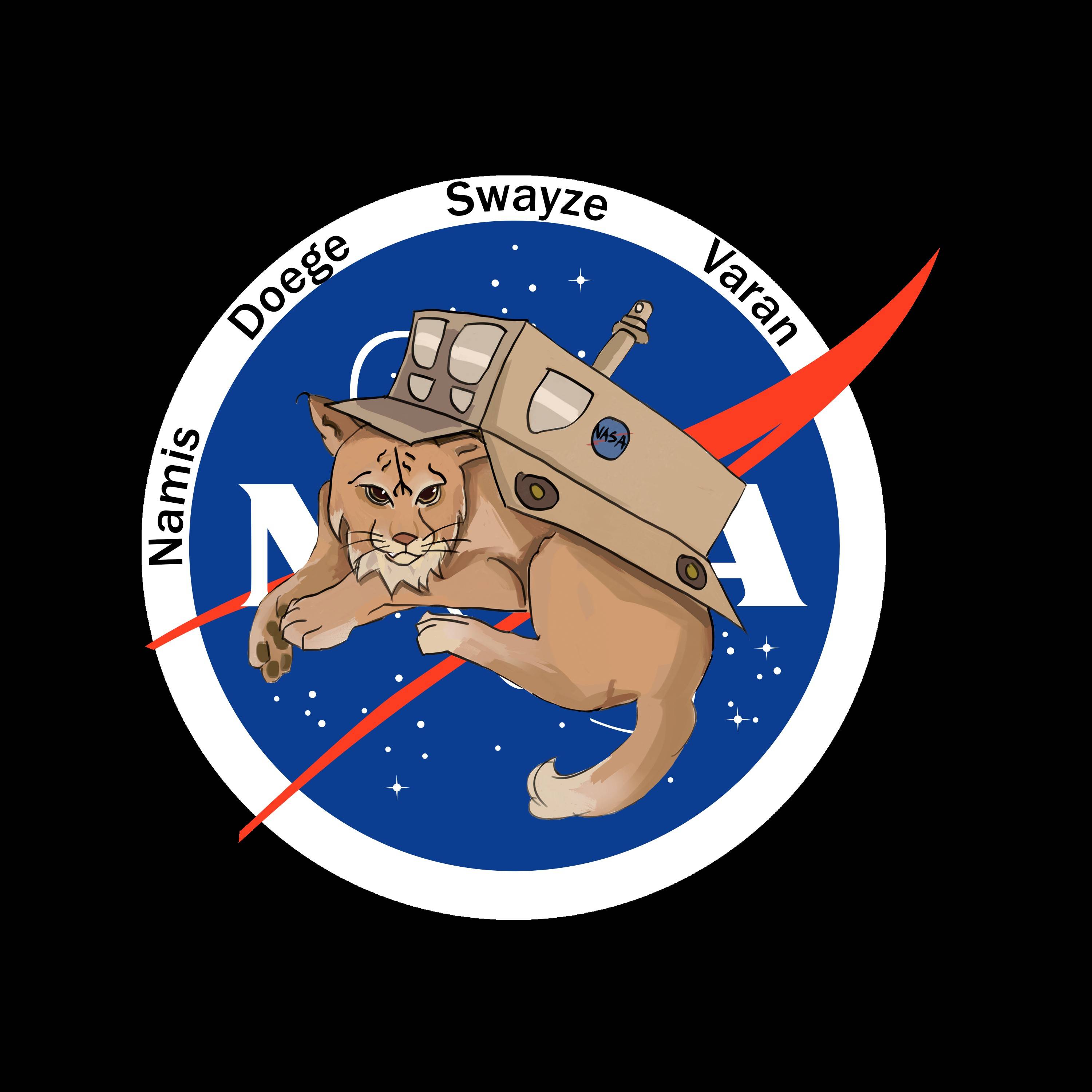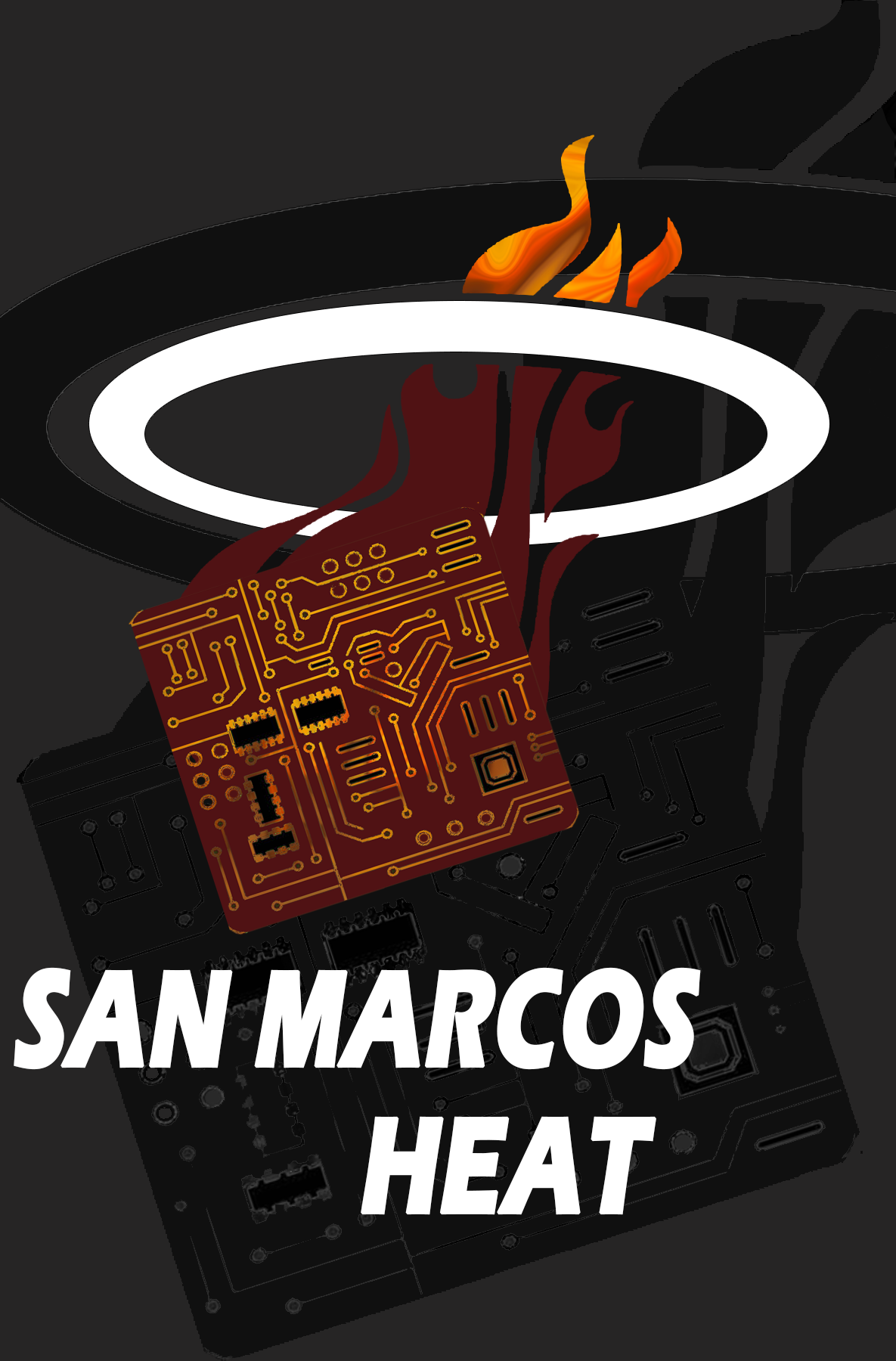E1.01 Integrated Camera & Lighting System Optical Optimization

Sponsor: Toni Clark, NASA
Student Team: Ian Doege, Evan Varan, Logan Swayze
Faculty Advisor: Mr. Mark Welker
This project is the design and the creation of an integrated camera and lighting system for the purpose of creating a high-quality image in a dynamic environment. This is achieved through the use of several independent lights that are controlled by using processed imagery from the point of view of a camera. This will improve the quality of imagery by making increased consistency in lighting in the environment.
E1.02 ACTS Project

Sponsor: Non-Lethal Enterprises, Adam Laubach
Student Team: Thomas Fenn, Sergio Zambrano, Conner Tidwell
Faculty Advisor: Dr. Karl Stephan
The ACTS project seeks to create a safer alternative to tasing, how we are planning to do it is with a projectile that will activate a timing circuit as it leaves the barrel that will release mace at a predetermined distance. The goal of the project is to characterize a timing circuit to consistently deploy the mace at either an instant release configuration or a delayed release configuration. The delayed release will be deployed far away at a higher rate of speed, but the instant release will release the payload as soon as it leaves the barrel.
E1.03 PCBInnovate

Sponsor: Ingram School of Engineering
Student Team: Deslynn Vasquez, Juan Castillo, Tanner Ivey, Joshua Reyes, Kennedy Namis
Faculty Advisor: Mr. Jeffrey Stevens
This project aims to enhance the laboratory experience for students in the electronics courses EE3350 and EE4350 by creating eight printed circuit boards (PCB) custom made for the labs. We will be building and validating each lab in LTSpice and Fusion360 software’s for accurate selection of electronic devices and components. The PCBs will feature sockets, switches, and the necessary transistors and op-amps critical for completing the labs. Conveniently, they consolidate essential components, intricate connections, and a self-sufficient power source within a reliable framework.
E1.04 Urban Hotspots

Sponsor: Department of Health & Human Performance & Ingram School of Engineering
Student Team: Chandler Harrison, Eddie Armeriv, Adarsh Ram
Faculty Advisor: Mr. Jeffery Stevens
This project develops a portable environmental monitoring device designed to gather and analyze detailed data on urban heat distribution. By recording various environmental parameters such as temperature, humidity, and human activity, the device provides valuable insights for creating detailed heat maps. These maps are then used to inform and improve urban planning strategies, focusing on mitigating heat in vulnerable areas through targeted green space development and other heat reduction techniques.
E1.05 Heat Island Mapping

Sponsor: Department of Health & Human Performance & Ingram School of Engineering
Student Team: Zachary Seaton, Corey Anderson, Matthew Lee, Bryan McCauley
Faculty Advisor: Mr. Jeffrey Stevens
Our project is a heat mapping device that collects data outside such as temperature, humidity, and location for people/businesses that wish to develop the area. The three most significant functions for this device consist of measuring the temperature/humidity, tracking the brightness of an outside environment, along with having GPS tracking. These modules allow the microcontroller to collect data for future project purposes. This is important because having the sensor data and the location where the data was recorded allows the user to create a 2D geographic map of the data. A map is best for understanding where the hot spots are for noise, people, and temperature in the context of a city.
E1.06 NaviBot

Sponsor: Ingram School of Engineering
Student Team: Caleb Solis, Edna Vasquez, Matthew Ruiz, Phillip Hansen
Faculty Advisor: Mr. Mark Welker
NaviBots are a pair of fully autonomous robots capable of navigating a maze, determining the fastest path, and recompleting the maze in the shortest time possible. To eliminate collisions with the maze wall, both bots will employ a compact frame and ultrasonic sensors for proximity awareness. These field sensors will also allow the bot to map out the maze so that the fastest path can be determined. The two bots will differ in navigation algorithm and chassis design.
E1.07 Mazebot Runner

Sponsor: Ingram School of Engineering
Student Team: Marquayvin Humble-Gaines, Alejendro Cornejo, Alexander Hamilton, Justin Dees
Faculty Advisor: Mr. Mark Welker
An autonomous robot capable of mapping and navigating through a maze. The bot uses infrared sensors for distance and detecting nearby walls. The orientation will allow the bot proper movement for self-correction. The robot will use a routing algorithm to navigate a maze seeking the most efficient path.